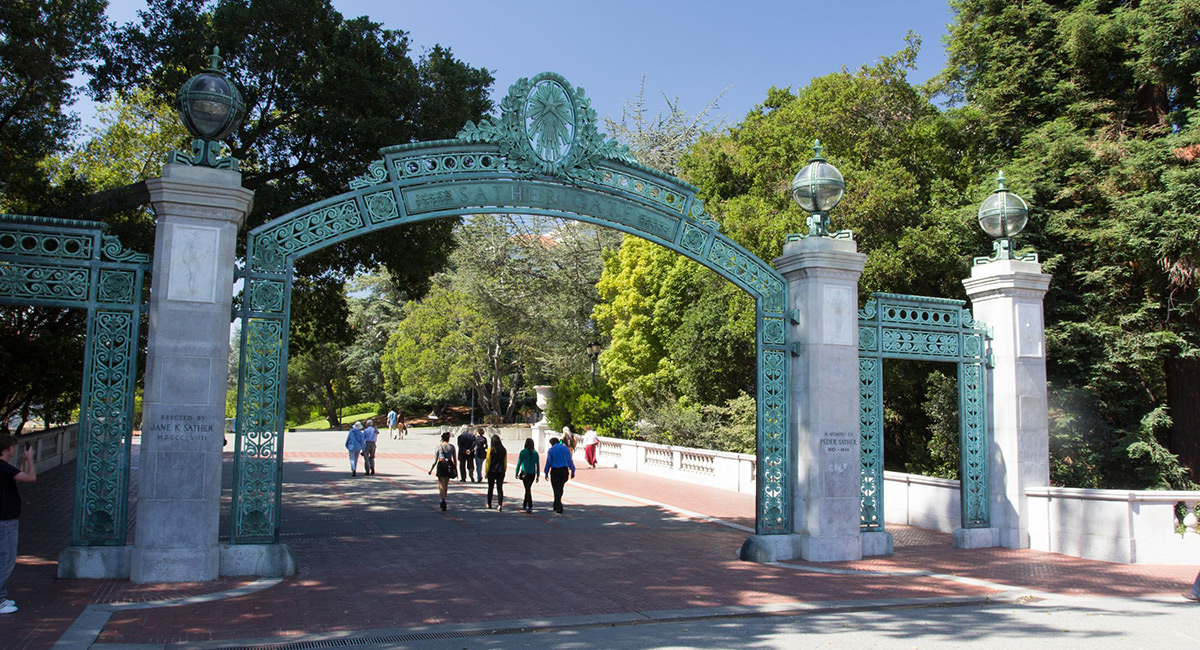Two stories in the last two weeks lead me to return to the topic of race on college campuses. On Election Day, the people of California soundly voted (56.8%) against Proposition 16, a measure that would have repealed Proposition 209 passed by California voters in 1996. Prop 209, in turn, used language taken from landmark 1960s federal civil rights legislation, essentially banning any preferences or negative assessments of individuals in college admissions, employment, or contracting based on race, sex, ethnicity or national origin.
The California vote is remarkable in many regards, as recounted at a National Association of Scholars webinar recently by Gail Heriot, professor of law at the University of San Diego, also the co-chair of both the groups opposing Prop 16 as well as that promoting the original Prop 209. She is also a longtime member of the U.S. Civil Rights Commission.
The highly progressive California Assembly approved putting Prop 16 on the ballot by a lopsided 60 to 14 vote. The California Senate strongly assented, 30 to 10. Governor Gavin Newsom endorsed it. The Regents of the University of California urged passage, as did the huge California State University System, not to mention virtually all prominent newspapers. To assure victory, the proponents of the measure spent a stunning $22 million promoting Proposition 16, vastly more than the opponents, running scare ads claiming that opponents were white racial extremists (which I found startling since the other Prop 16 opponent co-chair, Ward Connerly, is Black).
Prop 209 was followed by similar measures in several other populous states such as Washington and Michigan. Like California, last year voters in Washington rejected legislative efforts to restore racial preferences. Have public attitudes changed? The answer from liberal California and Washington is no—interestingly the California vote in 2020 was even more lopsided than in 1996.
The universities, however, once more, seem to believe “the public be damned,” or, worse, “we are smarter, morally more upright and enlightened than the masses of Americans,” what New York socialite Leona Helmsley once called “the little people.” They persist in aggressively expanding racial consciousness on campus, promoting policies that implicitly assume that skin coloration is important, overriding race neutral policies predicated on assessments of merit. I ask: Is it any wonder that public support for higher education has waned somewhat in modern times?
On November 12, a three-judge (although one has since died) panel of the federal court of appeals for the First Circuit ruled in favor of Harvard University in a lawsuit initiated by Students for Fair Admissions (SFFA), a group that has filed several lawsuits challenging affirmative action admission policies, including at prestigious state universities such as the University of North Carolina and the University of Texas. The court said that “subjective” admissions criteria are in and of themselves permissible, and that Harvard had not abused this in a manner that clearly demonstrated that Blacks were shown unacceptable preferences based solely on their racial designation.
This was Round Two in a battle that many persons assume will go to the U.S. Supreme Court. For decades, the Court has made narrow rulings that have not definitely resolved the issue of whether race can be legitimately and importantly considered in admissions decisions. With a radical change in court composition, namely three Trump-era appointees who tend to be textualists rather than judges favoring expansive interpretations of federal statutes and the Constitution, it is entirely possible that the Court will both take the appeal that SFFA leader Edward Blum has indicated is forthcoming, possibly moving to a stricter, more literal interpretation of the 1960s civil rights legislation on which modern day admissions policies must comply.
In both the California and Harvard cases, it is clearly not “white privilege” versus “oppressed minorities.” In both cases, Asian-Americans are playing offense, suggesting affirmative action policies as administered at universities have been highly discriminatory towards them. The big losers in race-conscious admissions decisions are probably not whites but Asians. They are the ones who lose the most when schools drop SAT or ACT requirements and substitute more “subjective” criteria that allow admissions officials to use whatever value system they want to arrive at who is to be admitted to America’s top schools.













